Everything you wanted to know about Spinach.
You could say Popeye did the most to promote spinach, not the scientists or food industry. Just if Popeye’s spinach was fresh, and not canned, the message would be more accurate.
Phytonutrients for optimal health.
Scientists have discovered 15 different flavonic compounds in spinach which are potent antioxidants. Lots of them are useful for cancer prevention. Various studies have shown that these compounds inhibit the growth of malignant cells of the stomach, skin and breast.
Spinach is important for a healthy prostate.
Carotenoid pigment which is found in spinach successfuly fights against prostate cancer, in two ways. One carotenoid form under the name neoxanthin on one side affects the prostate cancer cells in a way that stimulates their self-destruction.
And the other hand, neoxanthin with metabolic processes in the intestine is further converted into neo chromes, which inhibits the growth of cancer cells in the prostate.
Spinach is important for healthy and strong bones.
In one cup of spinach there are nearly two times more vitamin C than the recommended daily dose of that vitamin. If spinach is cooked, one cup of spinach contains 6 times larger amounts of vitamin K daily than recommended dose of this vitamin.
Vitamin K is important for the activation of a particular protein in bone, which “catches” calcium and thus incorporates it into the bone structure.
Besides vitamin C, other elements that are important for bone health and are in spinach is calcium and magnesium.
Important for a healthy cardiovascular system.
Spinach is an excellent source of vitamin A (as beta-carotene), and a good source of vitamin C. These two vitamins are most “deserving” for the healing properties of spinach, and especially important for the health of the cardiovascular system. Vitamins A and C primarily act as antioxidants, meaning they neutralize the degradation processes that occur under the action of free radicals.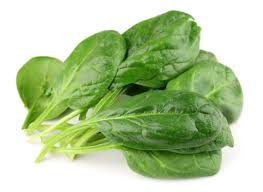
With the same mechanism, they prevent the oxidation of cholesterol, which in that form has the ability to accumulate on the wall of blood vessels, causing atherosclerosis, then high blood pressure. This increases the risk of myocardial infarction.
The following useful ingredient of spinach is folic acid. It helps in the conversion of potentially dangerous chemical called homocysteine ??in other joints. Increased levels of homocysteine ??in the blood is associated with increased possibility of occurrence of myocardial infarction.
In one cup of spinach is about 40% of daily needs for magnesium. It is a mineral that helps for lowering blood pressure. So spinach also helps in the prevention of diseases of the heart and blood vessels.
Protects the digestive tract.
Vitamins A and C, and folic acid, found in spinach have strong antioxidactive effects, also prevents mutation of cells in the intestines. It has been proven that people who consume these vitamins in sufficient quantities have significantly lower risk of developing bowel cancer.
Anti-inflammatory substances.
Allergic reactions are more common occurrence these days. Besides classical allergies, there are many autoimmune diseases that also include the mechanism of allergic reaction.
Asthma and rheumatoid arthritis are just some of them. Spinach ingredients that help to soothe the inflammation are beta carotene and vitamin C.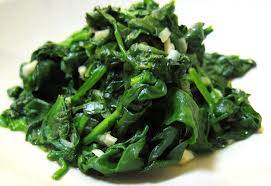
Impeccable eyesight.
One of carotenoids, lutein, is a protective chemical that “cares” about the health of the eyes. Particularly successful in the fight against cataract and macular degeneration caused by aging.
Iron – trademark.
Although spinach is not the richest food for iron, yet it contains iron in significant amounts. Spinach as ingridient is significantly better source of iron than others, because it doesn’t contains saturated fat, cholesterol, and is low on calorie.
One cup of cooked spinach provides about 30% of the daily recommended amount of iron.
But also bear in mind that:
- – Spinach, like almost all foods, is a potential allergen.
- – Spinach is one of the vegetables with the highest amounts of pesticides backlog. Therefore, when you buy spinach, ask about its origins.
- – Spinach contains significant amounts of oxalates, so it is not recommended for people with severe damages on kidney and gallbladder.
- – Spinach also contains a certain amount of substances that can affect the secretion of thyroid hormone. Therefore, it is not recommended for people with diseases of the thyroid gland.
- – Purines, which is found in spinach, may lead to excessive accumulation of uric acid. People who suffer from gout or kidney disease should avoid excessive consumption of spinach.
Source: secretly healthy


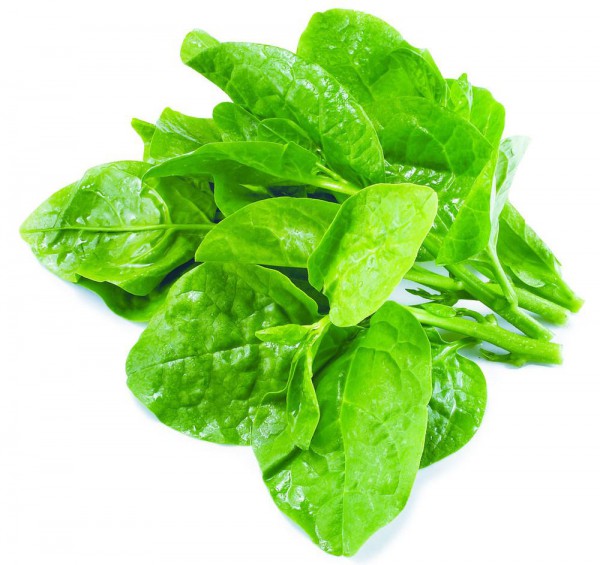
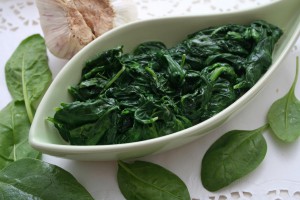

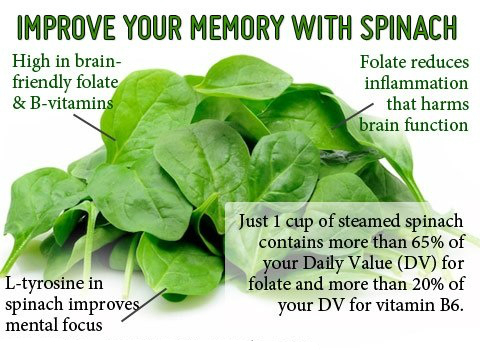



 Your brain ages with time, it is important to improve the functioning and health of the brain along with the nervous system. These top 12 foods can prevent brain deterioration, blood pressure, mental disorders like Alzheimer’s disease, and prevents nerve damage.
Your brain ages with time, it is important to improve the functioning and health of the brain along with the nervous system. These top 12 foods can prevent brain deterioration, blood pressure, mental disorders like Alzheimer’s disease, and prevents nerve damage.